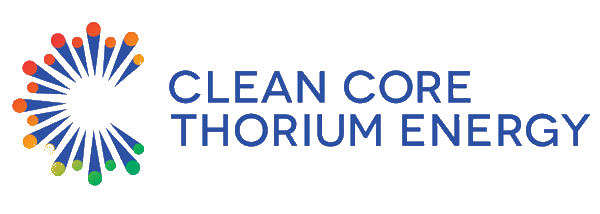Part 3 of 3 Parts (Please read Parts 1 and 2 first)
The fuel bundles in CANDU/PHWR reactors burning natural uranium weight about thirty-three pounds. After about one hundred and fifty days of operation, an average of eight such bundles would need to be replaced every day for the rest of the reactor’s licensed operating life of sixty years.
On the other hand, each ANEEL fuel bundle weights about twenty-four pounds. After the first fourteen hundred days of operation, an average of only one such bundle would need to be replaced daily for the remainder of the reactor’s operational life. This leads to substantially less spent nuclear fuel.
Like most of the even-numbered heavy isotopes, thorium-232 does not fission easily. U-238 is the uranium isotope that makes up over ninety-nine percent of natural uranium and it is non-fissile. When nuclei of U-232 absorbs neutrons, they form Pu-232 which then fissions to produce energy. Thorium-232 nuclei absorb neutrons. They then double-beta decay to U-233 which fissions to produce energy.
Dr. Sean McDeavitt is a Nuclear Engineering Professor and the Director of the Nuclear Engineering & Science Center at Texas A&M University. He said, “I’ve been actively working on and around nuclear fuel behavior and applications for over 25 years. The ANEEL fuel concept integrated with the existing CANDU/PHWR reactor technology takes advantage of thorium’s superior properties, performance, and abundance to generate clean base-load electricity with reduced environmental impact.”
Texas A&M will fabricate the ANEEL fuel pellets at their Nuclear Engineering and Science Center and deliver them to the Idaho National Laboratory (INL). The INL will conduct high burn-up irradiation testing of the ANEEL fuel pellets (up to seventy thousand MWd/T) in the INL’s accelerated test rig at their Advanced Test Reactor. Following this process there will be post irradiation examination and fuel qualification. These will be conducted under stringent guidelines and quality assurance requirements of the DoE and the NRC.
Jess Gehin, Ph.D. is the INL chief scientist. He said, “We look forward to supporting these efforts to develop advanced nuclear fuels. As the nation’s center for nuclear energy research and development, INL supports industry needs with unique facilities, capabilities and expertise.”
While uranium is plentiful, there is twice as much thorium on Earth. Like uranium, thorium can be extracted from seawater which could make nuclear power completely renewable. India has more thorium than uranium, especially as monazite sand. This is one of the main reasons that India has been pursuing the development of thorium fueled reactors for decades.
A major advantage of the ANEEL fuel is that it fits several of the elements in the recently released Restoring America's Competitive Nuclear Energy Advantage from the U.S. Department of Energy. This report states that nuclear power is intrinsically tied to national security. Whenever the U.S, is involved in the nuclear program of another country, that country must sign various agreements related to security, weapons nonproliferation and nuclear materials, including nuclear fuel.
Agreements like the 1-2-3 Agreement and other similar agreements committing the country to forgo domestic uranium enrichment and reprocessing of spent fuel are established. The International Atomic Energy Agency's Additional Protocol contains even more stringent inspection regimes.
Up to the present, the U.S. has signed about twenty-three 1-2-3 Agreements with forty-three countries including Ukraine, Morocco, Egypt and Taiwan. The U.S, nuclear program has withered over the past few decades. At the same time other countries including Russia and China have strengthen their nuclear export programs. They have state-owned nuclear enterprises and are less concerned about security and environmental concerns.
Having a new fuel such as ANEEL which is manufactured in the U.S. that can be used in the reactors in other countries brings the U.S. back into play in the global nuclear supply chain and will allow us to reach more countries around the world. With current bilateral recognition in the U.S. that nuclear power is necessary for clean base-load energy, CCTE’s ANEEL fueled PHWR/CANDU reactors could be deployed to more emerging countries faster by easing concerns of proliferation risks and nuclear waste management.
